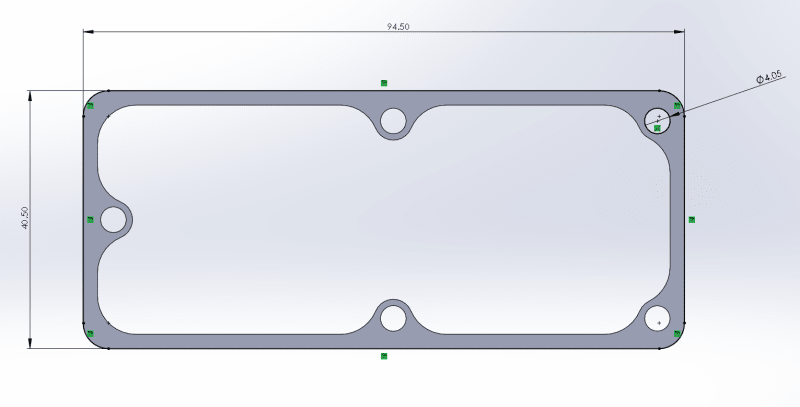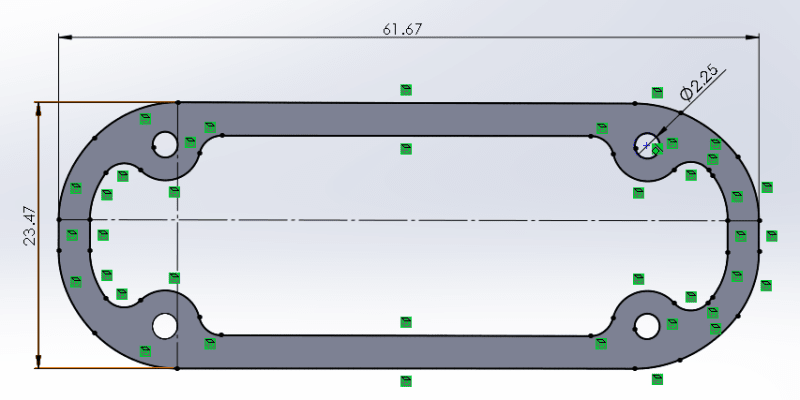Ramadan Ahmed
Mechanical
- May 16, 2024
- 16
Good Evening Everyone,
I want to ask, is there a way of a calculation for selecting the thickness of a rubber gasket (NBR rubber)?
i want to use a custom rubber gasket but im not sure what is the thickness i would need to seal the product from liquid.
Can anyone help me with this matter please?
Thank You.
I want to ask, is there a way of a calculation for selecting the thickness of a rubber gasket (NBR rubber)?
i want to use a custom rubber gasket but im not sure what is the thickness i would need to seal the product from liquid.
Can anyone help me with this matter please?
Thank You.


